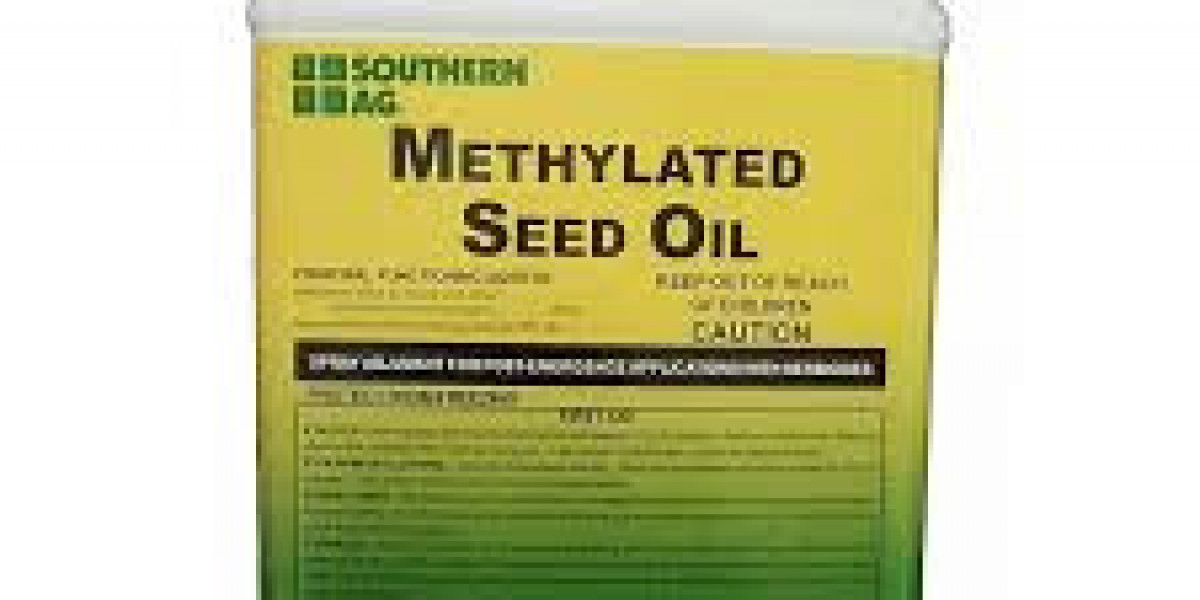In the evolving world of agriculture, achieving efficient pest and weed control is a top priority. One essential tool that farmers and gardeners increasingly rely on is methylated seed oil. This potent adjuvant has become a critical additive in agricultural spraying programs, helping to improve the performance of herbicides, insecticides, and fungicides. But what exactly is methylated seed oil, and why has it earned such a valuable place in crop management? This article explores the properties, benefits, and best practices of using methylated seed oil in modern farming.
What is Methylated Seed Oil?
Methylated seed oil is a type of modified vegetable oil derived from crops like soybean, canola, or sunflower. Through a process called methylation, the natural fatty acids in the oil are chemically altered using methanol. This modification enhances the oil’s ability to mix with water and pesticides, making it more effective as an adjuvant—an additive that improves the performance of pesticides.
MSOs typically contain a surfactant (usually a nonionic surfactant) which helps the mixture spread evenly across plant surfaces and penetrate waxy plant cuticles. The result is a spray solution that adheres better to leaves and improves the uptake of active ingredients in herbicides and other crop protection products.
Benefits of Using Methylated Seed Oil
Enhanced Herbicide Uptake:
One of the primary benefits of MSO is its ability to increase herbicide penetration. It softens the leaf cuticle, allowing herbicides—especially oil-soluble ones—to enter plant tissues more easily. This is particularly useful for systemic herbicides like dicamba, 2,4-D, and imazethapyr.Improved Spray Coverage:
A Methylated seed oil reduces the surface tension of spray droplets, resulting in better leaf coverage. This ensures that more of the pesticide contacts the target plant, increasing overall efficacy.Better Performance in Harsh Conditions:
MSOs are known for their reliability even under tough environmental conditions like high temperatures, low humidity, or during rainfast periods. They help maintain product efficacy when ordinary surfactants may not perform well.Versatility:
While often associated with herbicide applications, MSOs can also be used with insecticides and fungicides. Their ability to improve penetration and adhesion can increase the effectiveness of many crop protection strategies.Reduced Drift Potential:
By increasing droplet size and reducing evaporation, MSOs can lower the risk of pesticide drift. This is particularly important for sensitive areas or during windy conditions.
When and How to Use MSO
Not every spray application requires methylated seed oil, so it's crucial to read and follow the label instructions of both the pesticide and the adjuvant. MSOs are most often recommended for post-emergent herbicide applications targeting broadleaf weeds or grasses with waxy surfaces. Application rates typically range from 1 to 2 pints per acre, but this can vary depending on the product and conditions.
Mixing order is also important. When preparing a tank mix, add the pesticide first, followed by the MSO last, after the tank is at least three-quarters full. This ensures proper mixing and prevents compatibility issues.
Choosing the Right MSO Product
Not all MSOs are created equal. Some include additional surfactants, nitrogen-based fertilizers, or other performance enhancers. Selecting a high-quality methylated seed oil ensures better results and fewer application issues.
For growers seeking reliable adjuvants, reputable suppliers like southelmontehydroponics.com offer a wide selection of agricultural inputs, including premium MSO formulations, to suit various cropping needs.
Final Thoughts
Methylated seed oil is a powerful ally in agriculture, offering a wide range of benefits for improving the efficiency and reliability of pesticide applications. From enhancing herbicide uptake to improving spray coverage and reducing drift, MSOs are a smart investment for both commercial growers and home gardeners. As with all agricultural inputs, careful selection and proper use are key to maximizing its advantages while protecting your crops and the environment.








